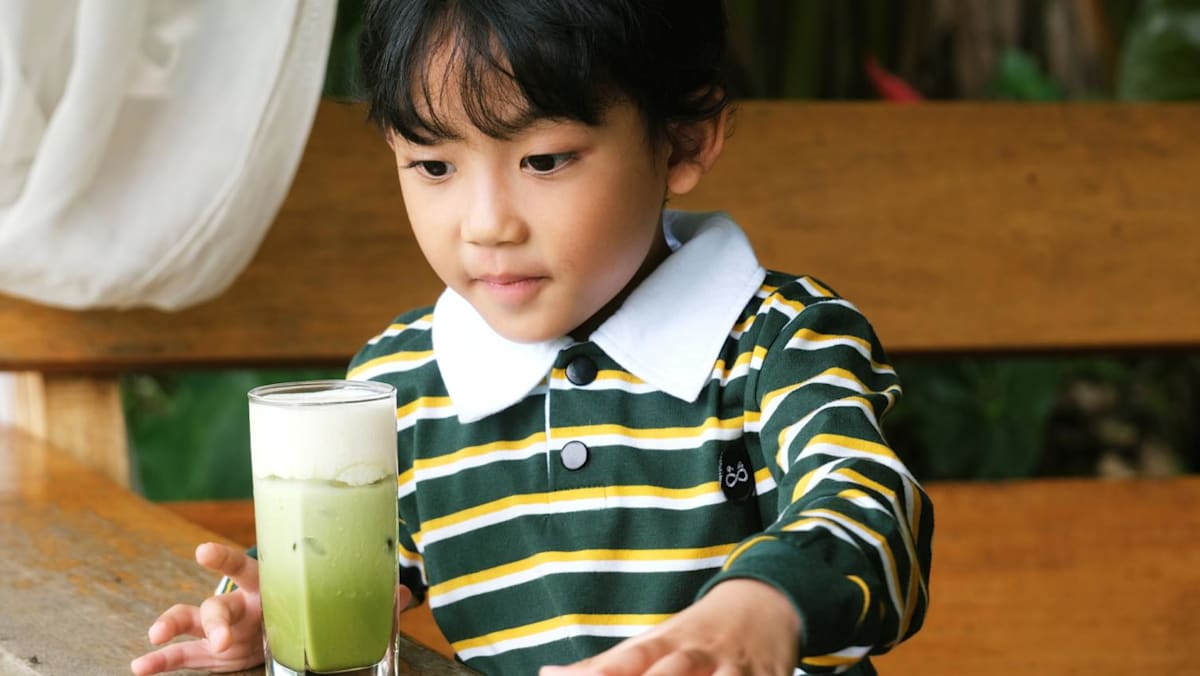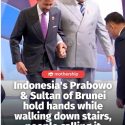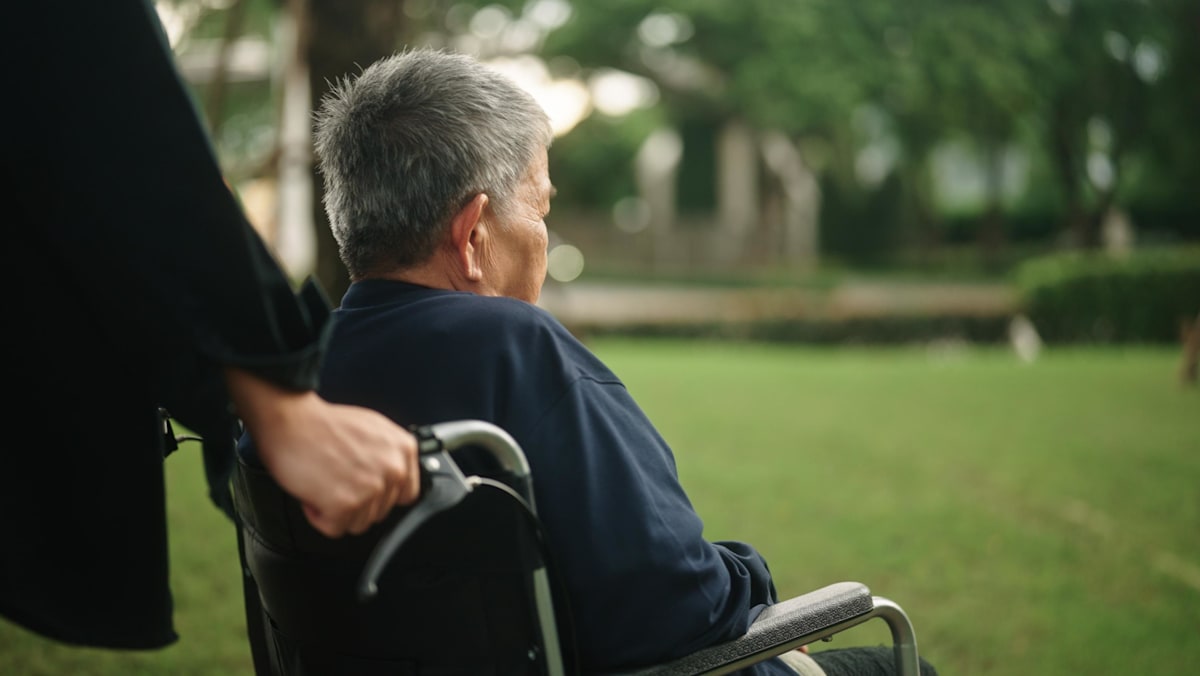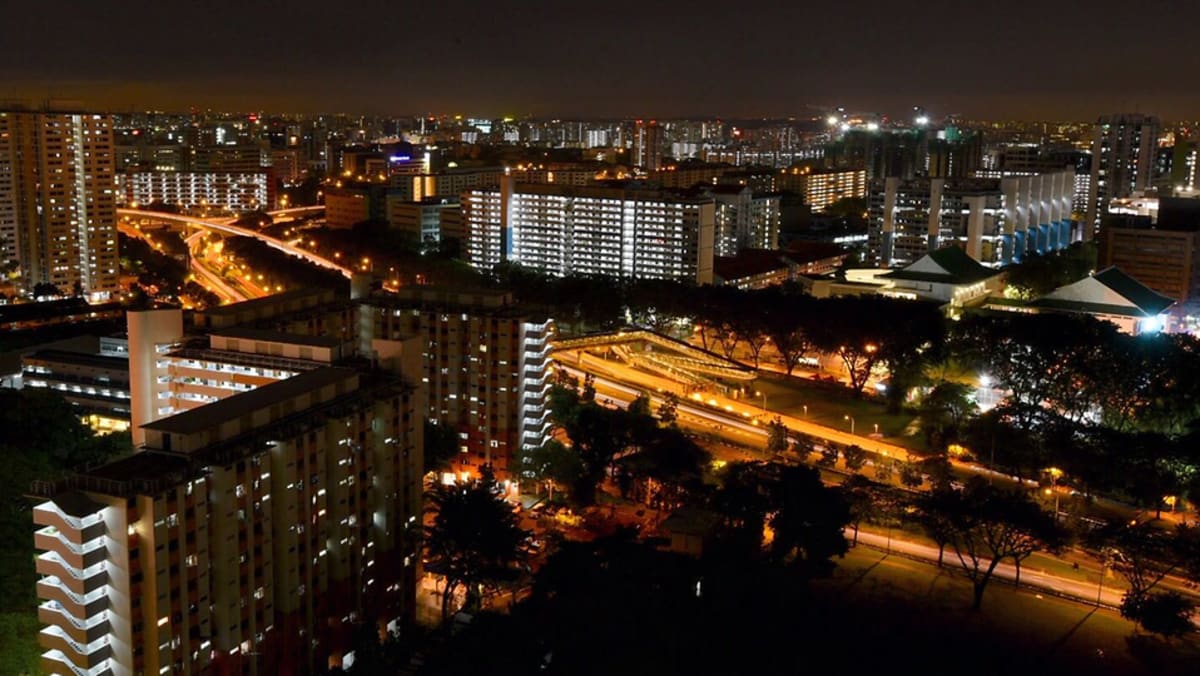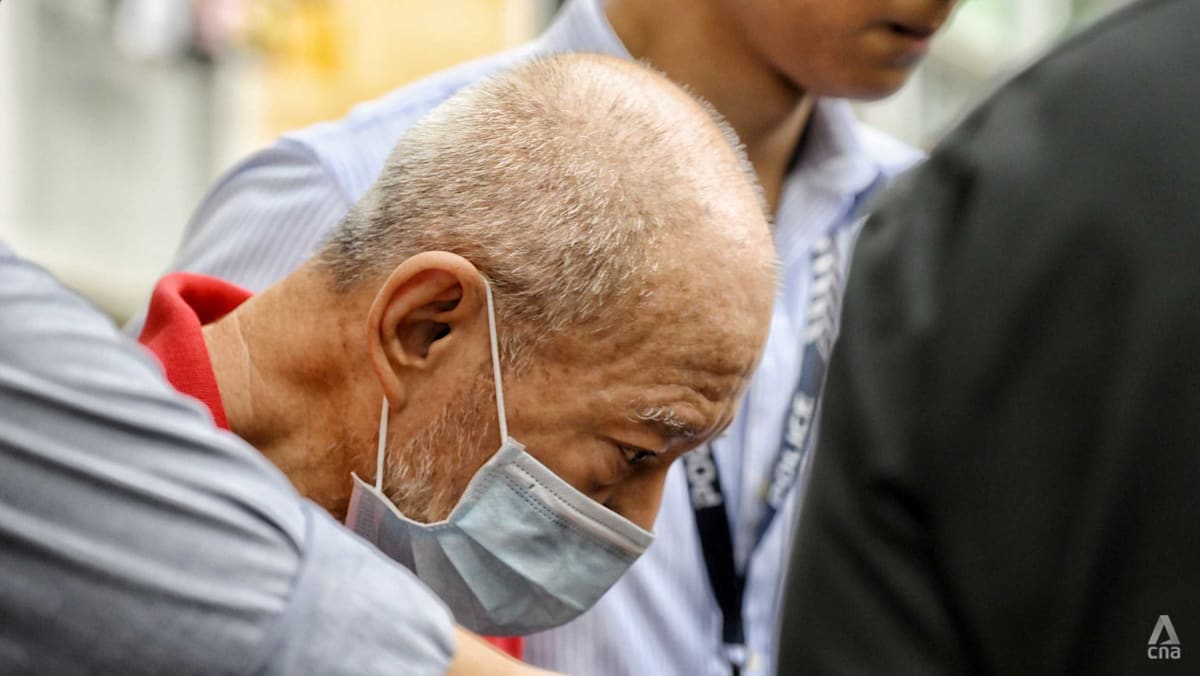Other than caffeine, drinks du jour such as the trending strawberry matcha aren’t healthy choices for your little one. Starbucks’ Grande Strawberry Matcha Strato Frappuccino, for instance, has 340 calories, 15g fat and 44g sugar.
“The calories from such a matcha latte usually come from the other ingredients added,” said Cheang, referring to the sugar-dense fruit purees, flavoured syrup and fruit jam used.
WHAT ARE THE GUIDELINES ON CAFFEINE INTAKE FOR CHILDREN?
There is none for children under age 12, both in Singapore and internationally, said Cheang. For adolescents aged 12 to 18 years, the American Academy of Pediatrics recommends no more than 100mg of caffeine daily – a strawberry matcha with 120mg of caffeine would have exceeded that limit.

